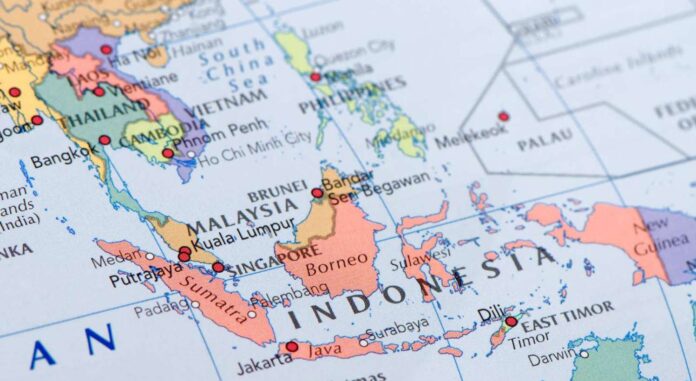A study projects ASEAN-6 GDP to grow 5.1% annually till 2034, surpassing China. Southeast Asia benefits from demographic growth, global supply chain shifts, and increasing foreign direct investments.
Economic Projections for ASEAN Six
A new study by the Angsana Council, Bain & Co., and DBS Bank forecasts that the GDP of the ASEAN six (Indonesia, Malaysia, the Philippines, Singapore, Thailand, and Vietnam) will grow annually by 5.1% until 2034, surpassing China’s 3.5% to 4.5%. Vietnam and the Philippines are anticipated to lead the region with over 6% growth each. The report, titled "Navigating High Winds: Southeast Asia Outlook 2024 – 2034", positions Southeast Asia to outpace China in economic expansion and foreign direct investments.
Key Growth Drivers and Sectors
The region’s growth is driven by strong domestic demand and the shift of production beyond China, with significant foreign direct investment (FDI) expected. China itself is forecasted to become a major investor in Southeast Asia. Emerging sectors like electric vehicles, semiconductors, and data centers are highlighted as pivotal industries. The study emphasizes sustainable energy infrastructure over traditional incentives as crucial for attracting high-quality FDI, noting Southeast Asia’s reliance on gas and coal and suggesting a need for increased investment in renewable energy sources.
A significant economic shift is underway as Southeast Asia is expected to surpass China’s GDP growth within the next decade, suggesting a redistribution of economic dynamism in the region. Several key drivers are fueling this potential transformation.
Firstly, many Southeast Asian nations are benefitting from favorable demographics. Countries like Vietnam, Indonesia, and the Philippines boast a young and growing workforce. This demographic dividend creates a robust labor pool, which, when coupled with rising levels of education and skills, is poised to attract substantial foreign investment. Moreover, the growing middle class in these nations is driving an upsurge in domestic consumption, further propelling economic growth.
Secondly, Southeast Asia’s strategic positioning at the heart of major global trade routes ensures it remains a vital node in international commerce. The ASEAN Economic Community (AEC) has been working towards greater economic integration, reducing trade barriers, and harmonizing regulations across member states. Such initiatives enhance the region’s attractiveness as a unified market of over 650 million people. Additionally, the rise of regional trade agreements, such as the Regional Comprehensive Economic Partnership (RCEP), adds momentum to intra-regional trade, further bolstering economic prospects.
The technological revolution is also playing a pivotal role. Many Southeast Asian countries are rapidly adopting new technologies and fostering vibrant tech ecosystems. Cities like Singapore and Kuala Lumpur are becoming hubs for innovation, startups, and digital entrepreneurship. This technological embrace is enabling these nations to leapfrog traditional industrial pathways and integrate swiftly into the modern digital economy.
Furthermore, China’s rising labor costs and trade tensions with the United States are prompting multinational corporations to reconsider their manufacturing bases. Southeast Asia stands as a viable alternative, offering competitive labor costs and improving infrastructure. Countries like Vietnam have already seen an influx of industries relocating from China, boosting their economic profiles.
Lastly, sound macroeconomic policies and a commitment to ensuring economic stability have positioned many Southeast Asian countries as resilient against global economic shocks. With continued focus on sustainable growth, investment in human capital, and leveraging technological advancements, Southeast Asia is readying itself to become the new epicenter of economic growth in the coming decade.
Source : Southeast Asia to Surpass China’s GDP growth in the next decade



